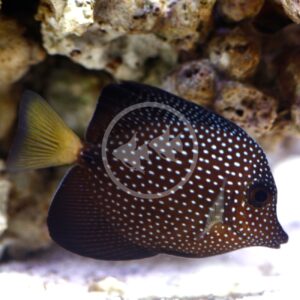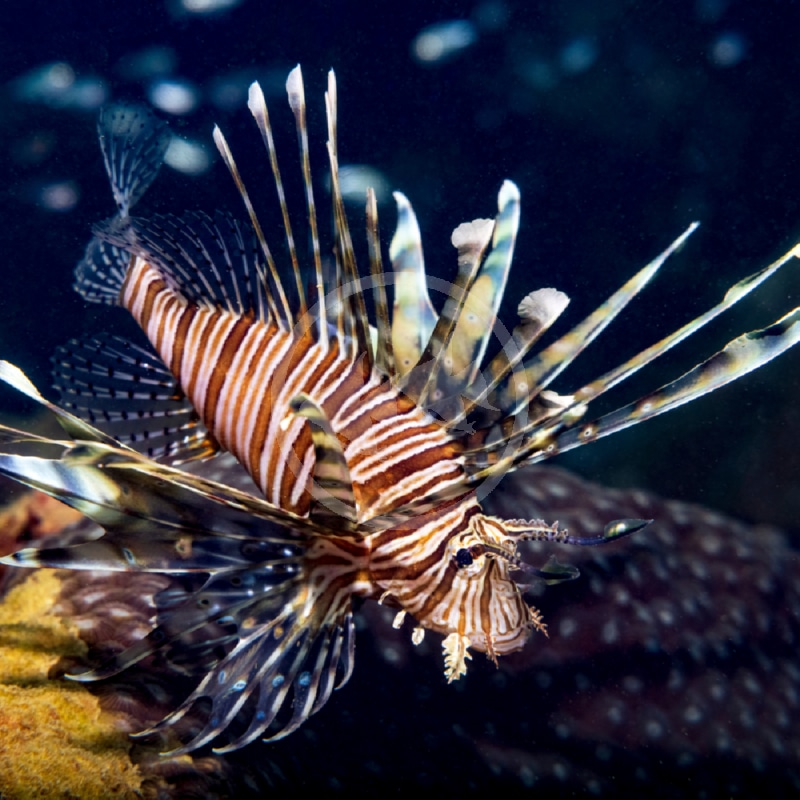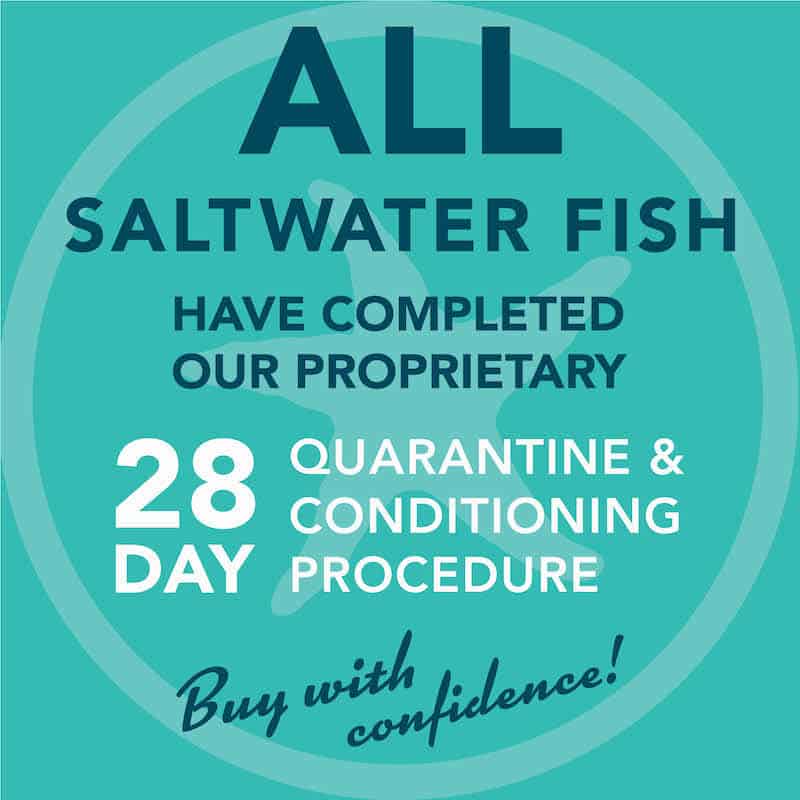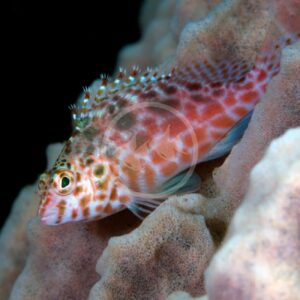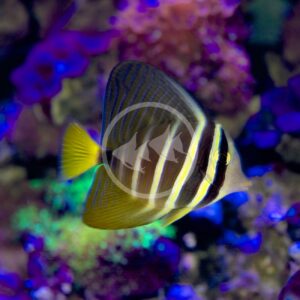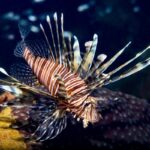

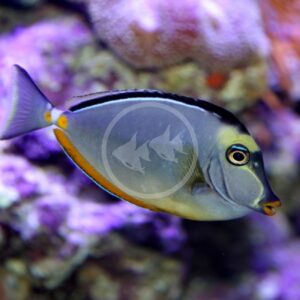
LIONFISH – VOLITAN Pterois volitans
$99.99 – $199.99
The Volitan Lionfish, also known as the Common Lionfish, Red Volitan Lionfish, or Turkeyfish, is native to the Indo-Pacific. Volitan lionfish coloration can vary considerably, and with age, from pale red to burgundy and in rare circumstances, brownish to black. The Volitan lionfish is identical to the Miles Lionfish (Pterois miles) except for two subtle characteristics. The Volitan lionfish has 11 dorsal fin rays and 7 anal fin rays, whereas the Miles lionfish has 10 dorsal fin rays and 6 anal fin rays. Both of these species are now invasive throughout the southeastern Atlantic Ocean and Caribbean Sea. An adult Volitan lionfish can reach a size of approximately 14″. Lionfish are sensitive to copper based medications. Caution: Volitan lionfish have a series of venomous spines on their dorsal, pelvic and anal fins that are used in defense. If stung, the sensation is similar to a bee sting but more potent. Remove any part of the spine from the affected area (if applicable) and put the wound underneath the hottest water you can tolerate (not scalding) for 15 – 20 minutes; this breaks down the venom proteins. Then seek the appropriate medical attention. For those that are sensitive to stings, seek medical attention immediately.
*We cannot ship Lionfish species to the state of Florida.
Care Level: Moderate
Temperament: Semi-Aggressive
Reef Compatible: No
General Description: The Volitan Lionfish, also known as the Common Lionfish, Red Volitan Lionfish, or Turkeyfish, is native to the Indo-Pacific. Volitan lionfish coloration can vary considerably, and with age, from pale red to burgundy and in rare circumstances, brownish to black. The Volitan lionfish is identical to the Miles Lionfish (Pterois miles) except for two subtle characteristics. The Volitan lionfish has 11 dorsal fin rays and 7 anal fin rays, whereas the Miles lionfish has 10 dorsal fin rays and 6 anal fin rays. Both of these species are now invasive throughout the southeastern Atlantic Ocean and Caribbean Sea. An adult Volitan lionfish can reach a size of approximately 14″. Lionfish are sensitive to copper based medications. Caution: Volitan lionfish have a series of venomous spines on their dorsal, pelvic and anal fins that are used in defense. If stung, the sensation is similar to a bee sting but more potent. Remove any part of the spine from the affected area (if applicable) and put the wound underneath the hottest water you can tolerate (not scalding) for 15 – 20 minutes; this breaks down the venom proteins. Then seek the appropriate medical attention. For those that are sensitive to stings, seek medical attention immediately.
Diet Requirements: Volitan lionfish are carnivores. In most cases, lionfish need to be offered live food as a precursor to frozen foods. We recommend giving live ghost shrimp a high quality flake food before feeding them to a lionfish so that they have greater nutritional value. Use a pair of tongs to hold the prey in front of the lionfish so that it begins to associate the tongs with feeding. Some lionfish may turn away or be startled at first, but consistency is key. Once your Volitan lionfish is interested in frozen foods, appropriate options will vary depending on the size of the individual. Examples include brine shrimp, squid, mysis shrimp, krill, and chopped fish to maintain optimal health and coloration. Because lionfish don’t actively swim throughout the day in the water column, they can be target fed every other day.
Care Requirements: A minimum 90 gallon aquarium is ideal for smaller specimens. An adult, full grown Volitan lionfish will require an aquarium of 180 – 200 gallons in order to thrive long term. Volitan lionfish appreciate some live rock in the aquarium, especially a cave or two to hang in during the day and at night. Volitan lionfish have been kept together successfully, but we suggest attempting this at smaller sizes only. Mixing different lionfish species should be approached with caution; we would discourage mixing dwarf lionfish species (Dendrochirus spp.) with larger lionfish. Volitan lionfish will consume invertebrates and fish small enough to fit in their mouths, making them unsuitable for reef aquariums. Given their venomous spines, Volitan lionfish are versatile in that they can be kept in aggressive aquariums, or more laid back aquariums so long that tank-mates are chosen accordingly (i.e., cannot be eaten). Recommended water conditions, 72-78° F, KH 8-12, pH 8.1-8.4, salinity 1.020-1.025.
Purchase Size: XSmall: 2-1/2″ or less; Small: 2-3/4″ to 4″; Medium: 4″ to 5″; Large: 5” to 6”
Note: Your item may not look identical to the image provided due to variation within species. Purchase sizes are approximate.
Dry goods orders are shipped via US Postal Service or UPS to the address provided at checkout based on the selection made in your website shopping cart. Product is carefully packed to help prevent any damage during shipping. Once processed you will receive a shipment notification via email with tracking number, and delivery notification. Please allow 48 hours for processing after your order is placed.
Perishable items (i.e. live plants, refrigerated/frozen foods) are shipped via US Postal Service 2-3 day to the address provided at checkout for a $25.00 flat rate charge. Items are packed with secure packing material and heat, cold, or Cryo packs as needed to maintain safe temperatures during transit. If one or more perishable items are in the shopping cart at checkout the $25.00 perishable shipping charge will automatically appear and need to be selected. Once processed you will receive a shipment notification via email with tracking number. Please allow 48 hours for processing after your order is placed.
Livestock (i.e. fish, invertebrates, coral) are shipped via UPS Overnight to the address provided at checkout for a $55.00 flat rate charge. Livestock is packed in insulated styrofoam boxes with secure packing material and heat, cold, or Cryo packs as needed to maintain safe temperatures during transit. If one or more livestock items are in the shopping cart at checkout the $55.00 livestock shipping charge will automatically appear and need to be selected. Livestock is shipped Monday through Wednesday ONLY (no weekend delivery is available) weather permitting, and we reserve the right to delay shipping until conditions are appropriate for safe arrival. Once your order is placed we will contact you to arrange the best shipping date based on these criteria. Someone must be available to receive the livestock order on the first delivery attempt. Once processed you will receive a shipment notification via email with tracking number. Please allow 48 hours for processing after your order is placed.
For mixed dry goods/perishable & livestock orders items will be shipped via their corresponding shipping methods outlined above. Dry goods will be shipped via US Postal Service or UPS based on your selection and checkout, while livestock will ship via UPS Overnight for a $55.00 flat rate charge. You will receive separate notifications and tracking numbers for the dry goods and livestock. Please note due to different carriers and shipping methods dry goods and livestock may arrive on different days.
Related products
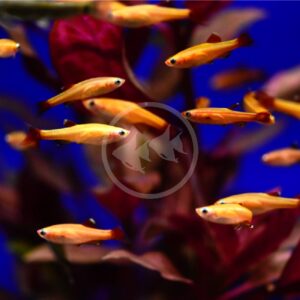
MINNOW – WHITE CLOUD MOUNTAIN GOLD
Tanichthys albonubes
$5.99
TANG – SAILFIN Zebrasoma veliferum
$99.99 – $159.99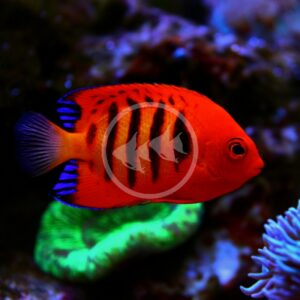

ANGEL DWARF – FLAME Centropyge loriculus
$149.99 – $199.99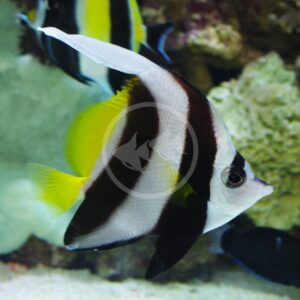

BUTTERFLY – HENIOCHUS BLACK & WHITE Heniochus acuminata
$119.99 – $249.99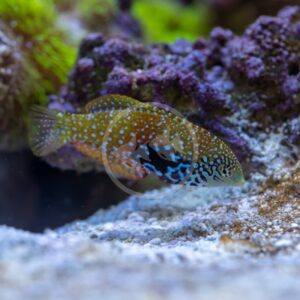

WRASSE – LEOPARD VERMICULATE Macropharyngodon bipartitus
$129.99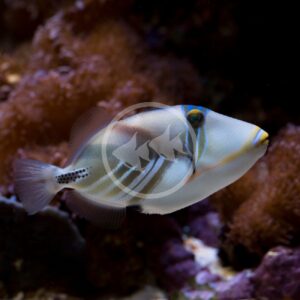

TRIGGER – HUMU HUMU Rhinecanthus aculeatus
$89.99 – $139.99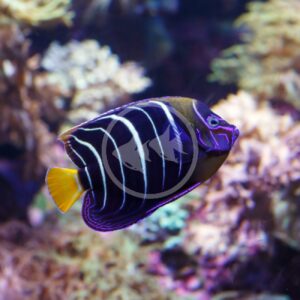

ANGEL – CHRYSURUS Pomacanthus chrysurus
$269.99